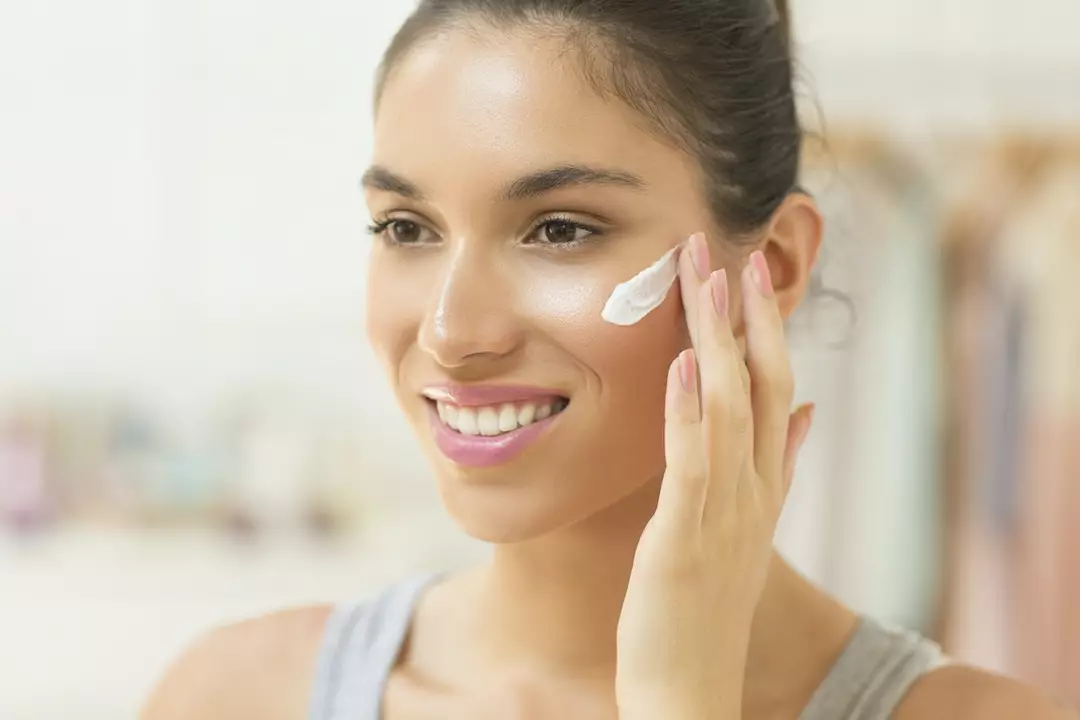Skin Care: Practical Tips and Medication Guide
If your skin still acts up after trying a dozen products, the missing piece might be how medication and everyday habits affect it. Here you'll get clear, practical steps to protect your skin, avoid common drug-related problems, and know when to see a pro.
Simple daily routine that actually helps
Start with a gentle cleanser twice a day. Harsh scrubs and strong soaps often make oil production worse. After washing, apply a lightweight, non-comedogenic moisturizer while your skin is still damp—this locks in moisture without clogging pores. Every morning use a broad-spectrum SPF 30 or higher. Sunscreen prevents premature aging and lowers risk of many skin problems.
Pick active ingredients one at a time. If you add retinoids, benzoyl peroxide, or acids, introduce them slowly and avoid layering too many at once. That reduces irritation and makes it easier to spot what works. Patch test new products on an inside wrist or behind the ear for a few days before using them on your face.
How medications can change your skin
Some common drugs cause rashes, dryness, or acne-like breakouts. Antibiotics, certain blood pressure meds, and some psychiatric drugs are known to trigger reactions in some people. Isotretinoin clears severe acne but needs careful monitoring for side effects. Steroid creams reduce redness fast, but overuse thins skin and can cause stretch marks. If a new rash appears after starting a medicine, tell your doctor—don’t assume it will pass.
Topical vs. oral treatments: topical creams act locally and usually have fewer systemic effects. Oral meds reach the whole body and can cause wider reactions. When choosing treatment, weigh speed of relief against possible side effects. If you're buying meds online, pick verified pharmacies and keep prescriptions handy. KwikMed posts about safe pharmacies and buying tips that can help you avoid scams.
Natural options can help mild issues. For example, omega-3 supplements and a low-inflammatory diet may reduce redness for some people. Tea tree oil and aloe vera can soothe minor irritation when used correctly. Still, "natural" doesn't mean risk-free—patch test and check interactions if you’re on prescription drugs.
Spot treatments: for pimples, a small dab of benzoyl peroxide or salicylic acid at night often works. For itchy rashes, cool compresses and short-term low-potency steroid cream can calm things down, but see a clinician if it gets worse or spreads.
When to see a doctor: if you have sudden widespread rash, blisters, intense swelling, fever, or skin changes after starting a medication—seek medical care quickly. Chronic issues like persistent acne, eczema that won’t clear, or suspicious moles also need professional evaluation.
Want specific guides? Browse our skin care tag for articles on topical meds, safer pharmacy options, and natural alternatives. KwikMed aims to give straightforward, practical info so you can make better choices for your skin every day.

